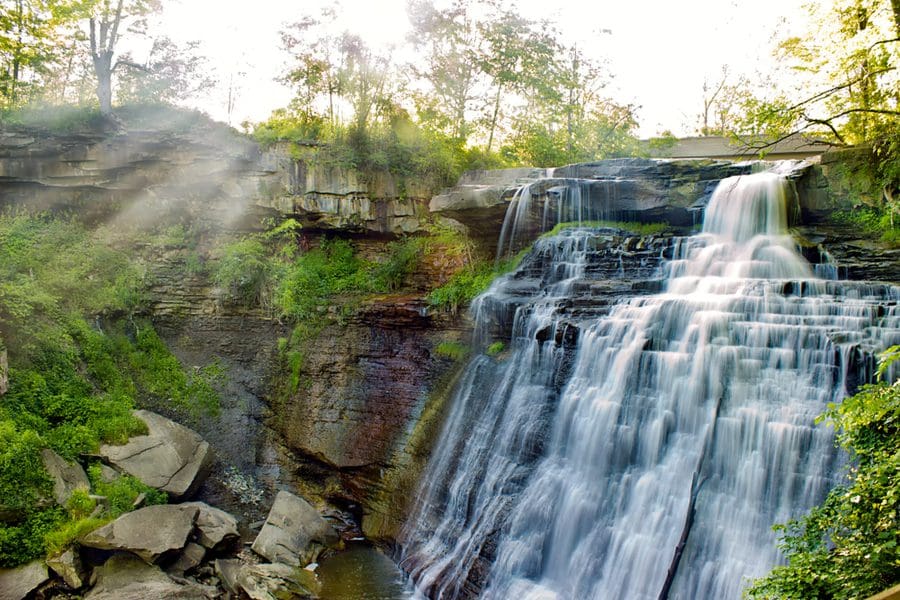The adventure that’s yours during the winter at America’s national parks comes with an extra bonus—the absence of those insufferable summer crowds. There’s snow for those who love colder climes and exotic shores for those who want to head for the sun.
Simply put, winter is a wonderful season to enjoy your national parks. These are eight of the best you’ll want to explore.
Biscayne National Park
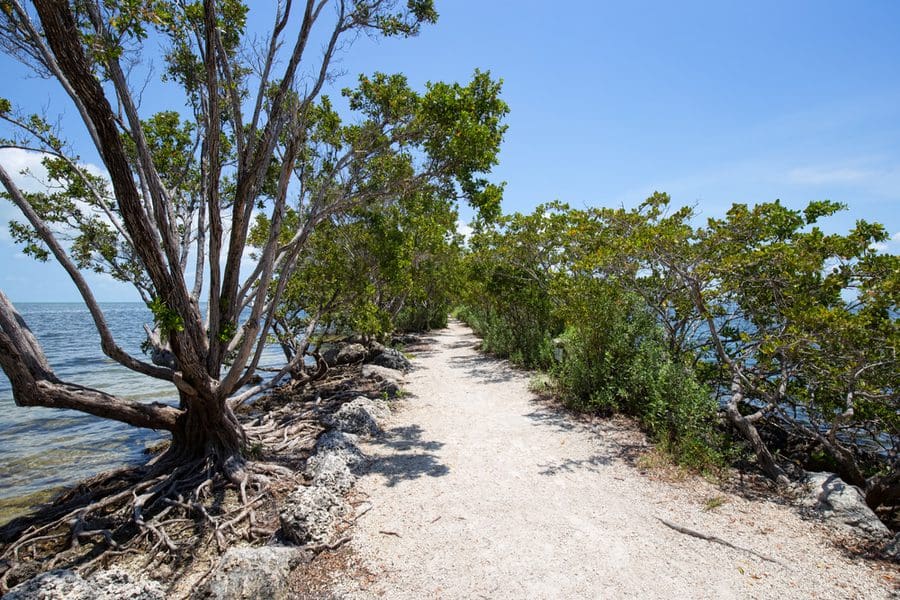
It’s no surprise that most visitors to this park in Southern Florida arrive by boat to enjoy scuba diving, marine life, and sailing. Biscayne National is 95 percent water! Explore the Mandalay shipwreck eco-tour along the park’s Maritime Heritage Trail. Take the plunge with snorkeling to explore the shallow reefs at Bache Shoal, Long Reef and Elkhorn Reef.
Cuyahoga Valley National Park
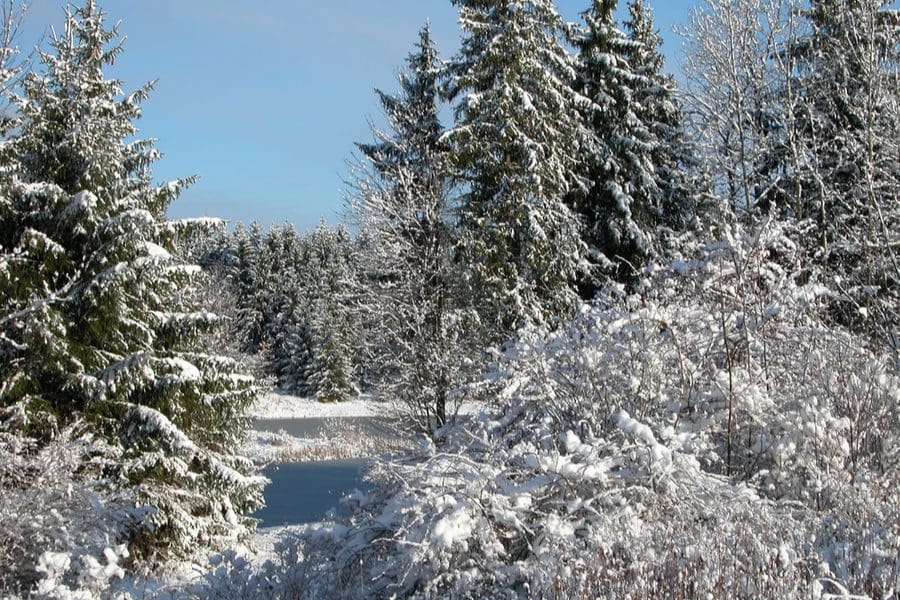
Cuyahoga Valley offers impressive skiing and tubing just a half-hour from Cleveland. Try Brandywine Ski Resort for snowboarding, hiking, snowshoeing and cross-country skiing. If you don’t plan to BYO, rent your gear at the Winter Sports Center. Hike the Blue Hen Falls and Brandywine Falls trails and find spectacular waterfalls at the end of the trek.
Death Valley National Park
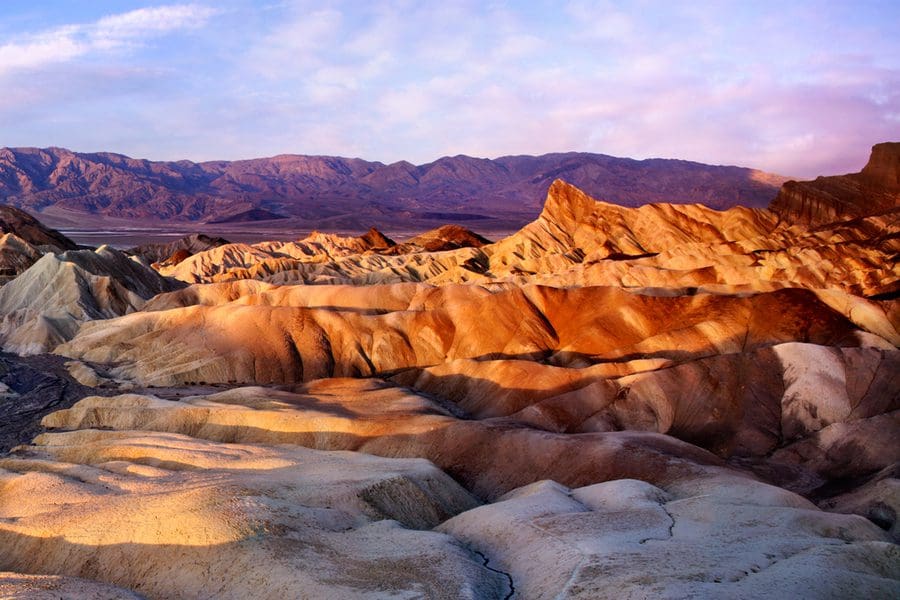
Long winter nights and comfortable temperatures provide perfect conditions for stargazing, but it’s scant light pollution that really lets you enjoy the view. If you’re looking for weird, check out The Racetrack, a dry lakebed best known for its strange moving rocks. It’s a place nestled in a remote valley between the Cottonwood and Last Chance Ranges and famous for its stunning beauty as well as the mystery of wandering rocks. Head for the park’s Badwater Basin, at 282 feet below sea level the lowest place in North America.
Haleakala National Park
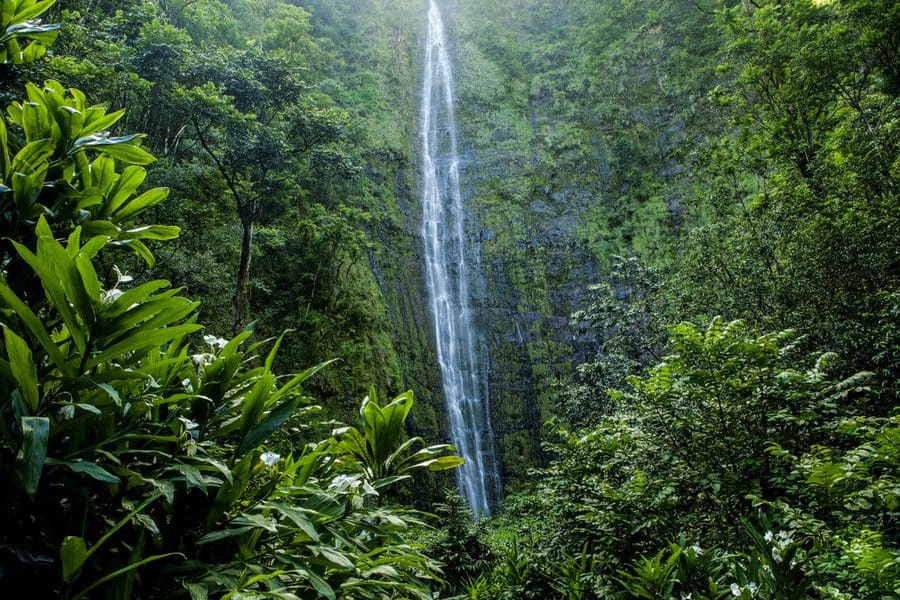
Maui’s Haleakala National Park attracts visitors to the Kipahulu region with its seven sacred pools and the Pipiwai Trail that takes you through a bamboo forest to the 400-foot Waimoku Falls. The 10,023-foot Summit offers a stunning sunrise and stargazing to intrepid hikers. Winter is the season to catch a glimpse of the thousands of humpback whales that migrate to Maui’s surrounding waters. The Four Seasons Resort Maui at Wailea offers whale-watching trips and outrigger canoe expeditions.
Joshua Tree National Park
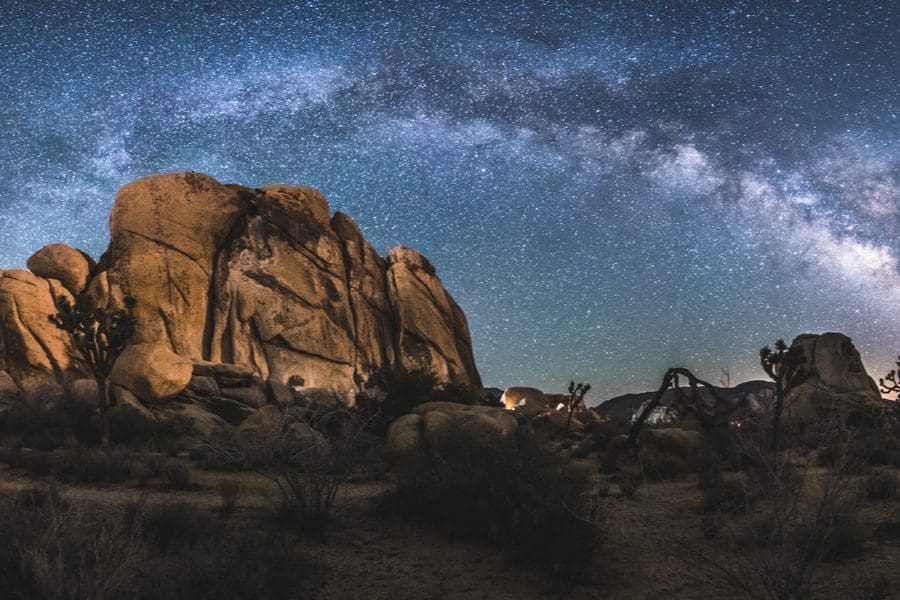
Winter means milder temperatures and more comfortable exploring in the California desert where you’ll see the world’s largest Joshua Tree forests. Rock climbing, hiking, and four-wheel drive opportunities beckon.
Yellowstone National Park
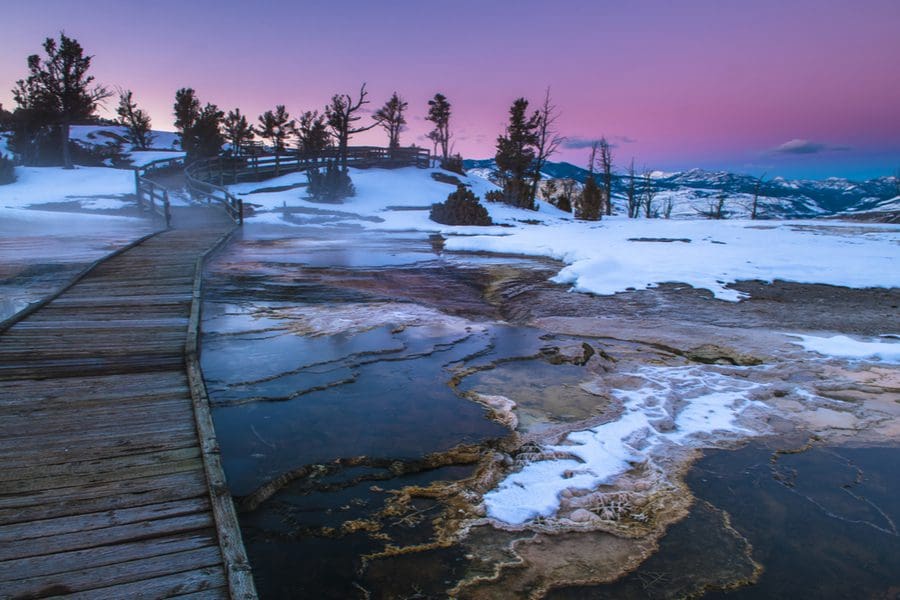
Snow closes most park roads to regular traffic in early November, but the way in is open by snowmobile or snowcoach tour. There’s a good chance of hearing wolves, which don’t hibernate when you’re out at night in remote places. Watch steam rising from the park’s geothermal features and enjoy the solitude. You’ll be one of only about 20,000 to 35,000 people each month between December and March compared to 800,000 to 940,000 people each month during the summer.
Yosemite National Park
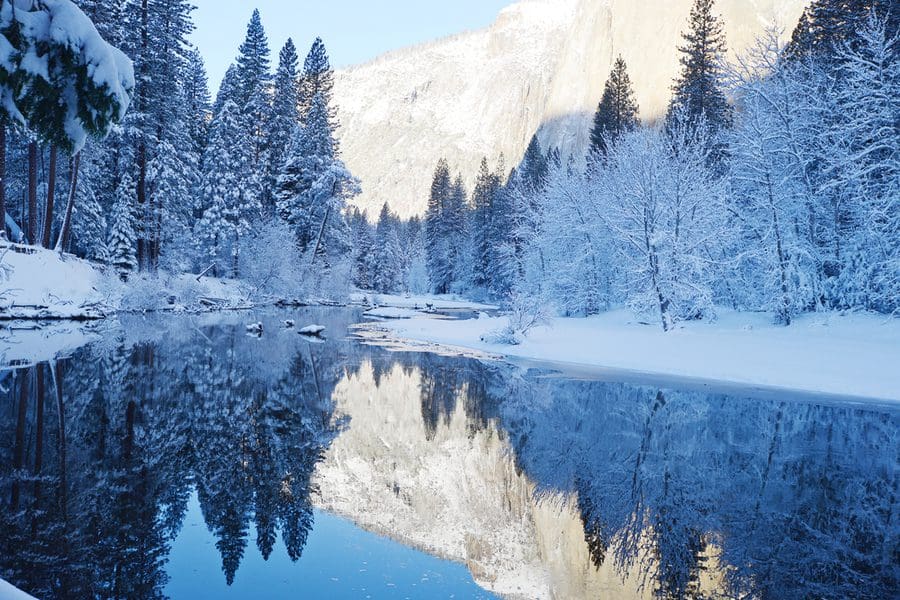
Skip the summer 90-minute wait to get in the gates at Yosemite and drive on in for cross-country skiing and snowshoeing. Book in advance for a stay at the Glacier Point Ski Hut; you’ll be skiing more than 10 miles cross country in the Sierra Nevada to get there. The Majestic Yosemite Hotel is open year-round for the ones just wanting to relax. Double up on your winter adventure by planning a stay in nearby Tahoe at Edgewood Tahoe for a ski trip.
Zion National Park
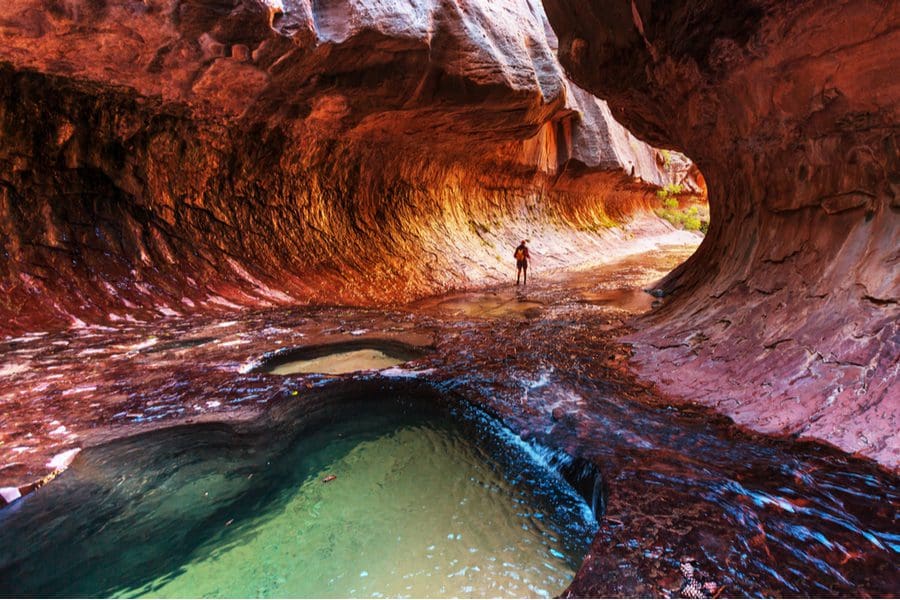 Winter allows you to skip the bus shuttle that runs during summer months and drive yourself straight into Zion Canyon. You’ll practically have the trails all to yourself. Enjoy the 1,500-foot rock formation Angel’s Landing and the Narrows without the summer crowds.
Winter allows you to skip the bus shuttle that runs during summer months and drive yourself straight into Zion Canyon. You’ll practically have the trails all to yourself. Enjoy the 1,500-foot rock formation Angel’s Landing and the Narrows without the summer crowds.

